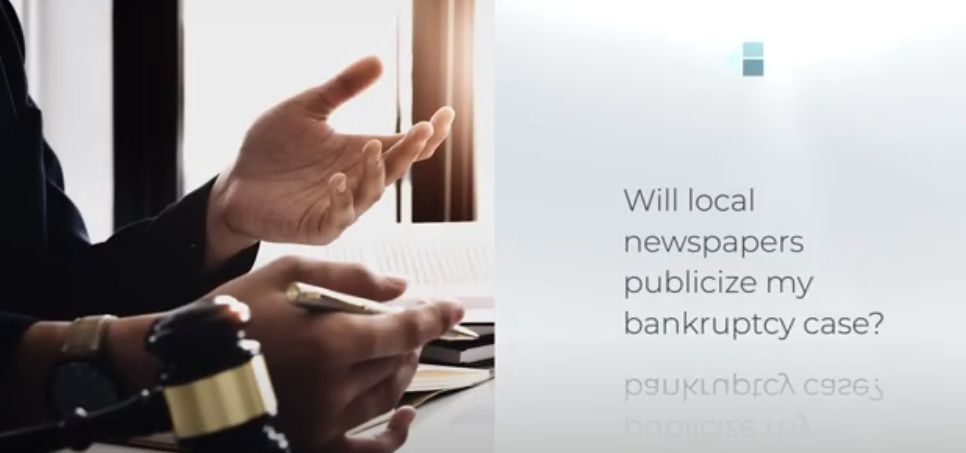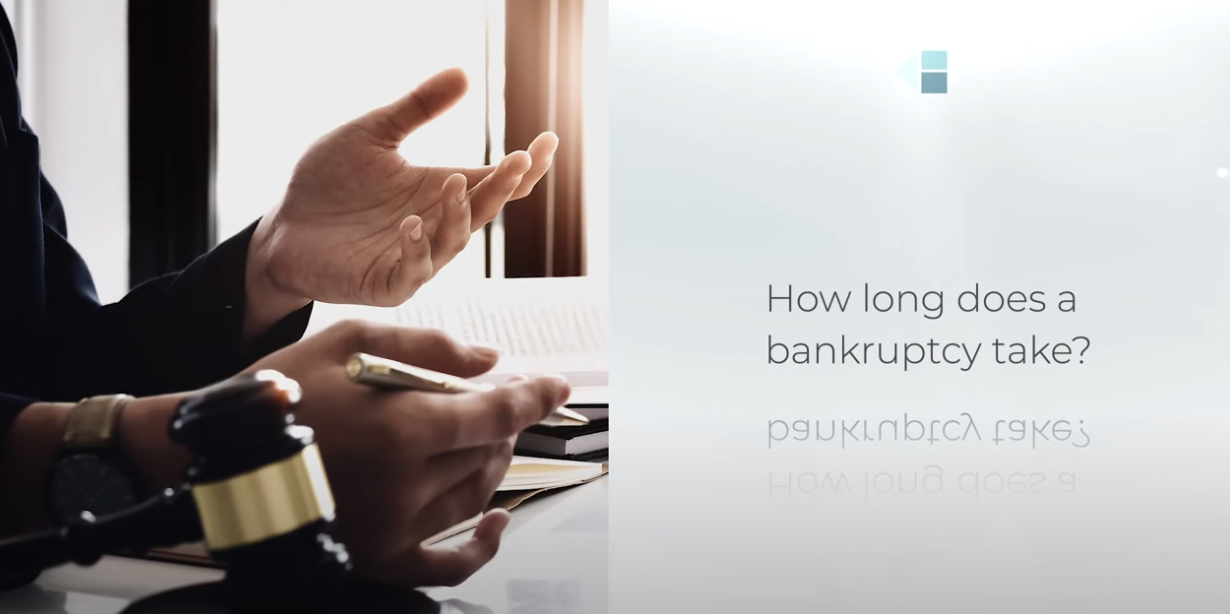Bankruptcy can unfortunately conjure up some out dated ideas. But in fact for some clients, it may actually be the best option. Bankruptcy can have a profound yet ultimately positive effect on your life. Once you file, you’ll have a fresh start. Here’s some things you need to know about bankruptcy in the state of Minnesota.
Why File for Bankruptcy?
Bankruptcy is a legal process that can relieve people of the responsibility to pay back certain debts or, in the case of a Chapter 13 bankruptcy, enable the reorganization of debt payments.
If several of these statements apply to you, filing bankruptcy might be an option worth considering with the help of your Minnesota bankruptcy lawyer:
● You haven’t been able to make progress in your debt reconciliation plan
● You can’t make payments towards your debt and meet your regular living expenses on your income
● You failed at setting up debt repayment plans with your creditors
● You have a debt to annual income ratio of 40% or more
How Does Bankruptcy Work in Minnesota?
Bankruptcy is a legal procedure that helps people solve debt problems. When you file for bankruptcy, it can help you create a new start financially. There are two types of personal bankruptcies: Chapter 7 and Chapter 13.
Chapter 7 bankruptcy is an option for people who have few assets and income and want to discharge their debts by surrendering what they own to pay their creditors as well as court costs. To qualify, you must earn less than the limit for income and assets owned.
Chapter 13 bankruptcy is designed for people with reliable incomes who want to repay their debt over time in order to save their possessions. It is more complicated than Chapter 7 bankruptcy and takes more time.
Filing for Chapter 7 Bankruptcy
Chapter 7 bankruptcy is the most common form of bankruptcy. It’s also the simplest. You can file for Chapter 7 on your own, but you should consult with a bankruptcy attorney about the process and for assistance. You’ll need to fill out some paperwork and wait around six months or so before you’re able to discharge any debts.
A few points about filing for Chapter 7:
● You may lose certain assets like your home or car if you don’t qualify for exemptions
● You may be required to give up anything with a value over a certain amount, including jewelry and appliances
● The process usually takes less than 12 months from start to finish
Filing for Chapter 13 Bankruptcy
Chapter 13 bankruptcy is the ideal option for people who have enough income to cover their expenses and make monthly payments because you get to keep your stuff. The Chapter 13 bankruptcy process takes about three to five years. You’ll need to show that you’re able to afford your living expenses and that you can afford to pay back other debts over time.
In your Chapter 13 plan, you’ll create a repayment plan for the debtors you owe money. Your creditors will receive regular installment payments from you in order of priority. For example, if your first priority is a car loan and your second is credit card debt, then you may continue making car payments but skip credit card payments for now.
Your payments will go toward paying down the debt you owe at a rate that works with your monthly budget. Once everything is paid off, your bankruptcy filing will be discharged. Proceeding with a Chapter 13 bankruptcy allows you to keep what you own and get help managing your finances so they don’t become unmanageable again in the future.
Is Bankruptcy Right for You?
It’s not always easy to know if bankruptcy is the right option for you. There are many reasons why people choose to file for bankruptcy. But, if you’re struggling financially and have no way of getting out from under your debt, it may be time to explore your options.
Consider whether filing for bankruptcy is the best option for you by looking at some of these factors:
● You can’t stop using credit cards or you keep finding yourself with more debt than before.
● You’re afraid that one missed payment will snowball into a mountain of debt.
● You need relief from ongoing lawsuits and liens against your home or property.
● Your business has failed and left you without an income stream.
If any of these sound like they apply to you, then it may be time to talk with an attorney about filing for bankruptcy protection.
Contact a Minnesota Bankruptcy Lawyer
If you’re considering bankruptcy, the first step is to find a qualified and experienced bankruptcy attorney. They can tell you if you are eligible for Chapter 7 or Chapter 13, which will determine what type of bankruptcy action you need to take. Contact Kain + Henehan by calling (612) 438-8006 or filling out the online form.







